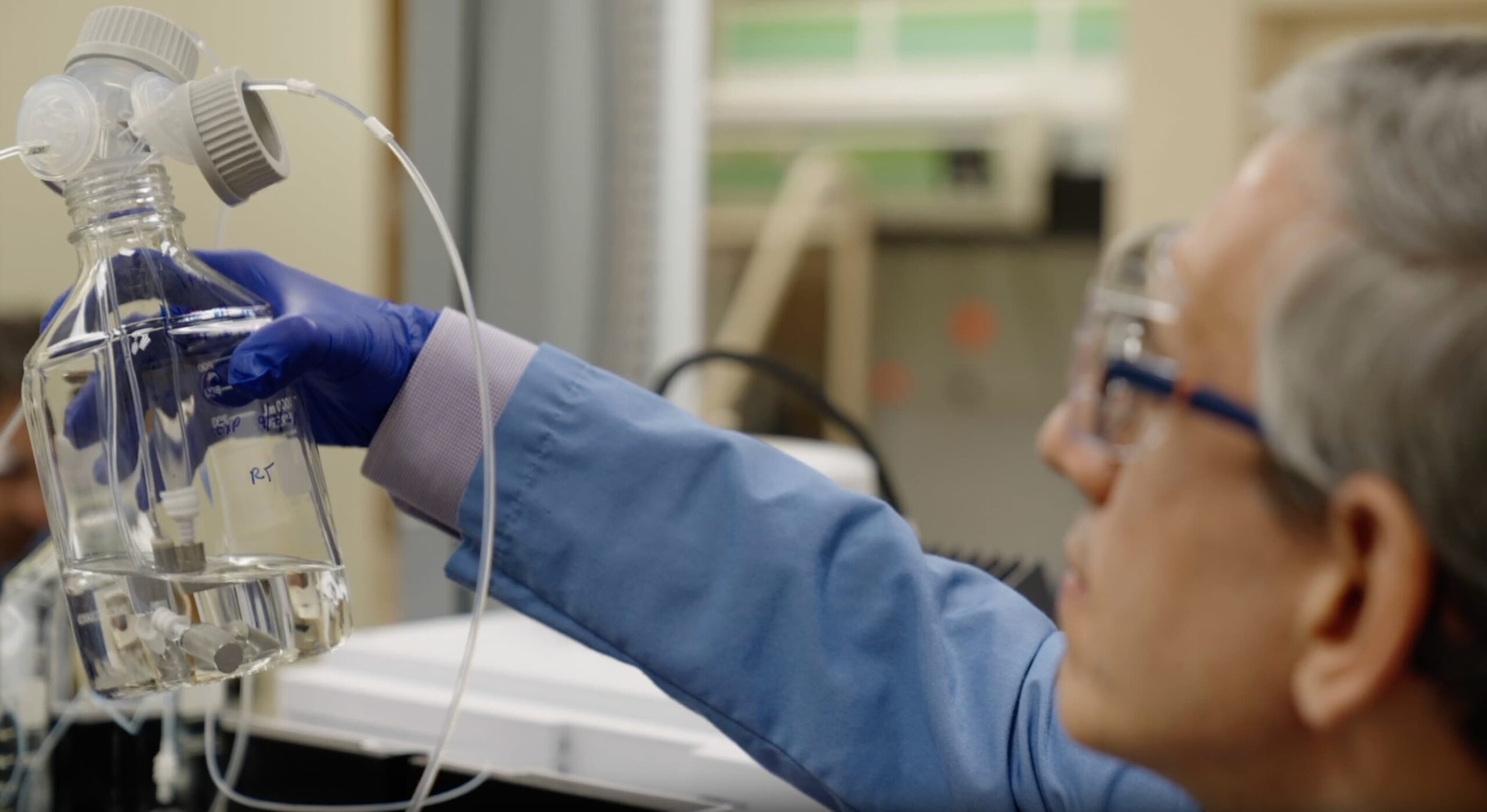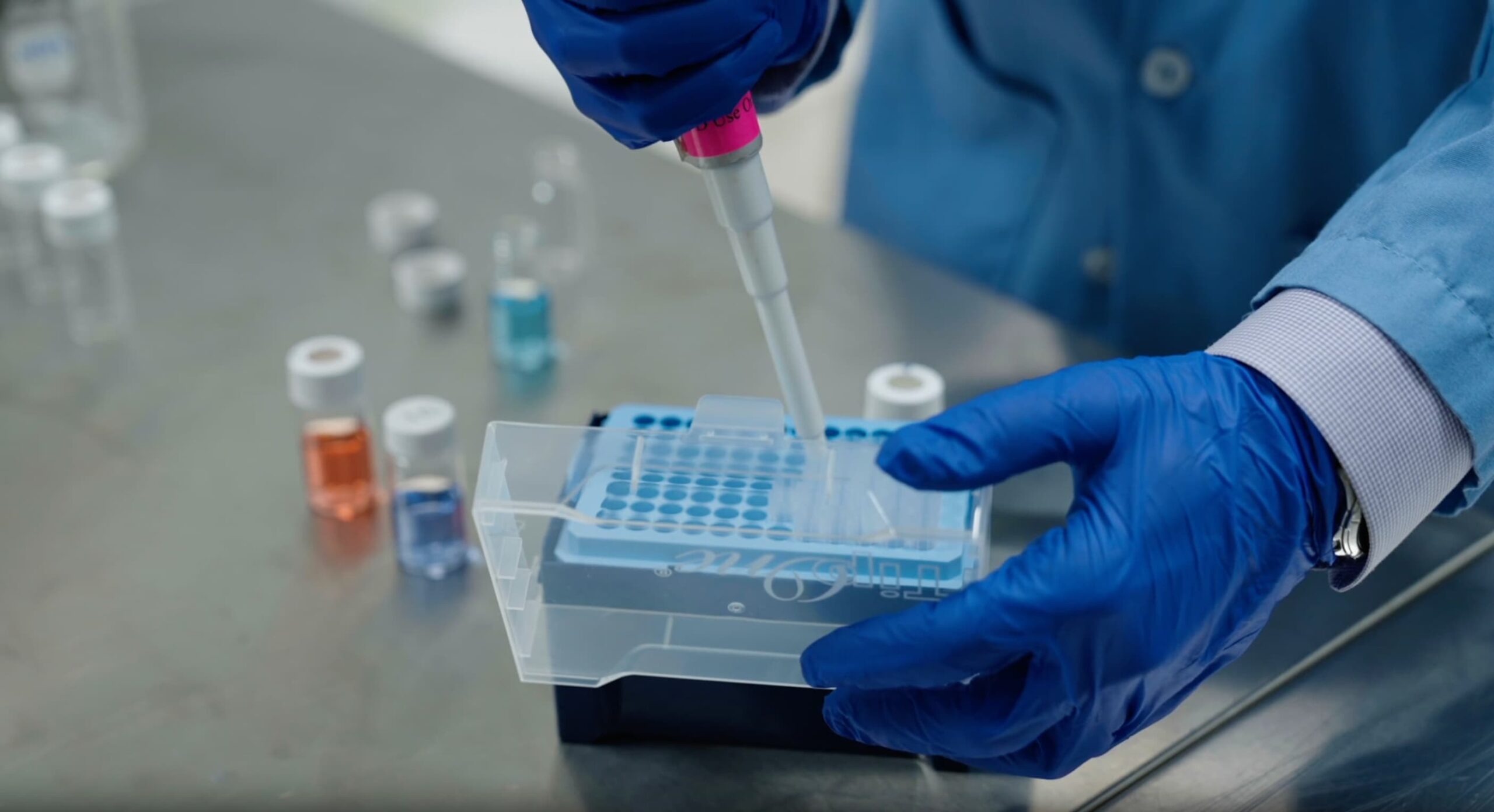
Rethinking Treatments for GAD: Progress in Sight for Patients in Need
Generalized Anxiety Disorder (GAD) is a debilitating condition that affects millions of individuals worldwide – a disorder that has been overlooked for many years but is pervasive and rapidly growing. While it may not always manifest with the same intensity as other mental health conditions, GAD can often be debilitating. Despite its prevalence and the profound impact it has on individuals, families, and communities, there remains a high degree of unmet need in GAD, where there has been little innovation to develop new treatments for almost two decades. This is set to change as the renaissance of research into psychedelics turns its sights on GAD with key data on the most studied psychedelic – a proprietary form of LSD – to be reported by the end of 2023.
Intermittent situational worry is a normal response to the stresses of daily life, however, when anxiety becomes chronic and expands beyond identifiable stressors, it can be functionally impairing. Individuals with GAD experience a range of symptoms including restlessness, fatigue, irritability, muscle tension, sleep disturbances, and other psychological and somatic manifestation. These symptoms interfere with daily activities, impair social relationships, impact careers, and reduce overall quality of life.
A recent epidemiological study found that 10% of US adults have symptoms consistent with GAD, making it the second most common mental health disorder among adults behind major depressive disorder. In comparison to historical studies on GAD, the prevalence of the condition appears to have tripled in the last two decades, with women twice as likely to be affected as men. Whether this represents a change in reporting, more comfort with disclosure, or a true increase in anxiety, the implications are profound. Patients and payors are poorly served by the current lack of treatment options; annual health care costs for people with a psychiatric diagnosis are 3.5 times higher than for those without one.
Given the prevalence of GAD, the significant burden it places on individuals and society, and the limitations of current therapies, there continues to be a substantial unmet need in the treatment and management of GAD. The pharmaceutical treatment landscape is dominated by serotonin reuptake inhibitors (SRIs), benzodiazepines, and in more limited cases, antipsychotics. For decades, GAD has been an overlooked indication precisely because the most common treatment options, such as SRIs, have historically underperformed. This is evident both in the relatively lower response to SRIs in GAD versus Major Depressive Disorder (MDD), and in that MDD patients with heightened anxiety typically respond less to the current standard of care. Despite their widespread use, representing roughly $3 billion in annual US revenues, many existing therapies can take 6 weeks or more to provide benefit and even then have limited efficacy, while safety and tolerability challenges lead to low rates of adherence.
Innovation in the treatment of GAD has been limited, with Cymbalta having been the last therapy approved for GAD in 2004. There is a significant demand for new pharmacological classes that offer more robust, rapid, and durable efficacy, as well as a favorable safety and tolerability profile. This is particularly true for the segment of patients who, despite having been prescribed currently available therapies, continue to experience intolerable anxiety. It is estimated that half of those treated with a front-line therapy for GAD, do not sustain an adequate response to that therapy.
Against this backdrop, the renaissance of research into the psychedelic drug class has shown enormous promise, leading to a boom of contemporary studies. The pharmaceutical potential of psychedelics was first discovered in the 1940s by a Sandoz researcher named Albert Hoffman, who synthesized lysergic acid diethylamide (LSD or lysergide), which ended up being the most studied and storied drug in the psychedelic class. It also happens to be one of the most potent neuropsychiatric molecules ever studied.

The profound psychological modulation imparted by even modest doses of LSD was utilized extensively in legacy research with strong positive clinical results across dozens of studies, hundreds of patients, and a wide range of disorders – from anxiety and depression to substance use and pain disorders. A series of recent, groundbreaking studies have confirmed the promising findings from these legacy studies, with particular promise of strong and durable effects in anxiety and depression.
In 2022, a placebo-controlled investigator-initiated trial demonstrated significant, durable and beneficial effects of LSD revealing the drug’s potential to safely mitigate symptoms of anxiety and depression. The study showed a clinically and statistically significant response for the primary endpoint, change from baseline in State Trait Anxiety Inventory (STAI-G) scores, sixteen weeks after treatment. Additionally, 65% of patients in the LSD arm showed at least a 30% reduction in STAI-G scores compared to only 9% in the placebo arm.
MindMed’s proprietary form of LSD, MM-120 (lysergide D-tartrate), builds on this extensive body of research with the goal of bringing a novel treatment option to the millions of people living with GAD. MM-120 is administered at psychoactive doses under the close supervision of healthcare practitioners in a safe and supportive setting. A similar approach of episodic, perceptual intervention has achieved significant uptake with the wide and increasing adoption of Janssen’s Spravato (intranasal esketamine) — though the short duration of clinical effect requires frequent and extensive treatments. In contrast, the extraordinary promise of MM-120 is characterized by an acute, single dose intervention that produced rapid and durable anxiolytic effects that in some studies have lasted for up to a year.

MindMed’s Phase 2b study evaluating MM-120 in GAD patients – which enrolled nearly 200 participants and is set to readout by the end of this year – is the largest well-controlled study of lysergide ever conducted and includes the most rigorous assessment of the dose-response relationship of psychedelics that has been attempted. This is also the first large, modern study to test the standalone pharmacological effects of a psychedelic drug candidate – i.e. in the absence of psychotherapeutic intervention – the importance of which is emphasized in the recently published FDA Draft Guidance.
These study results of MM-120 in GAD come at a critical time for the drug class and for patients struggling with brain health disorders. The prevalence and impact of GAD coupled with the limitations of current treatment options, highlights the importance and the potential impact that MM-120 could represent. We are on the cusp of a revolution in mental healthcare and we believe lysergide may once again assume its place at the front of the pack as a promising treatment for patients with anxiety and other brain health disorders.